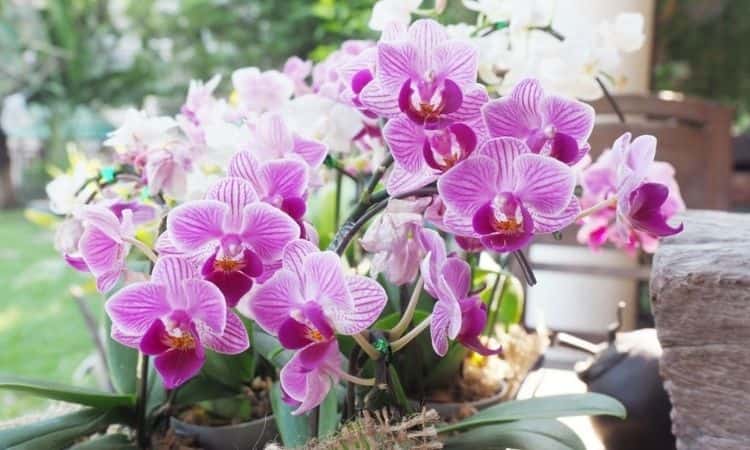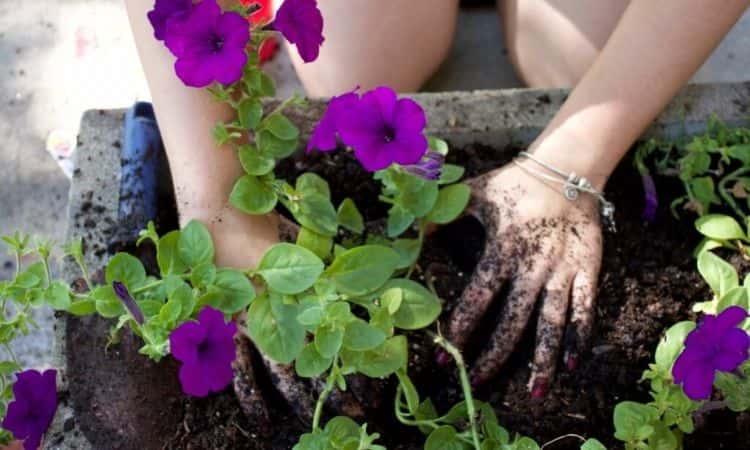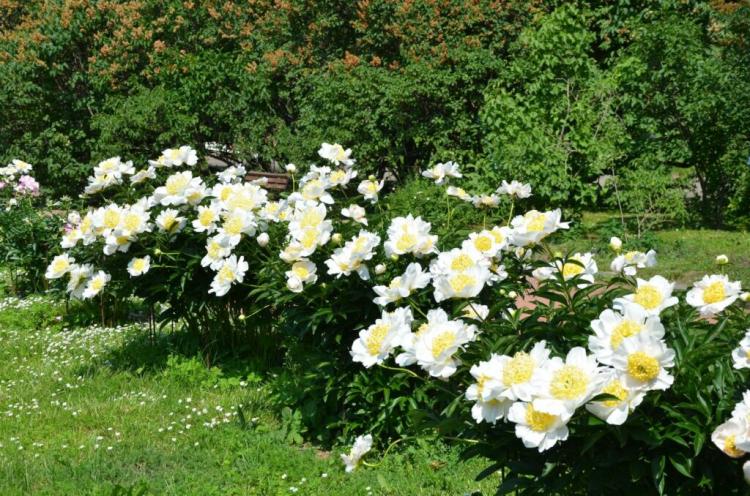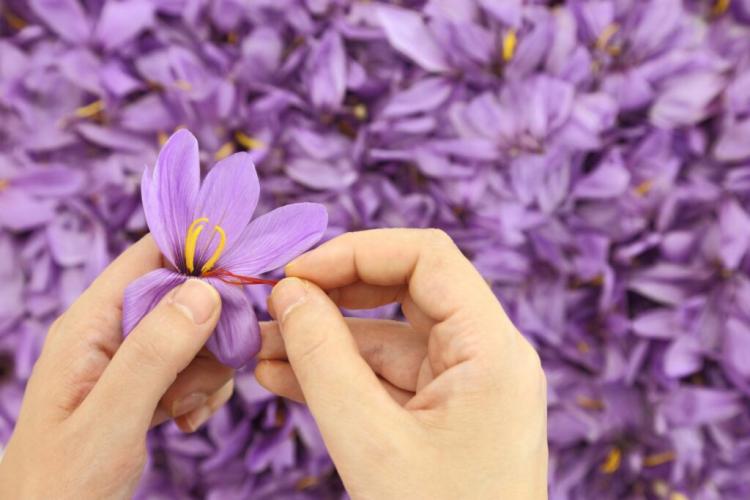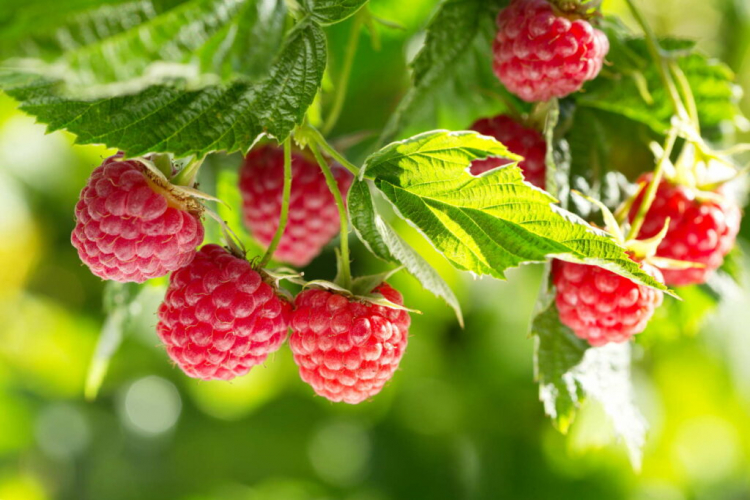Potting Mix For Orchids: The Right Soil Substrate For Orchid
For orchids to bloom beautifully, again and again, they need a special potting mix for orchids. We will tell you why orchids need a special substrate and what properties it should have for perfect flowering.
Do Orchids Need A Special Potting Mix?
Table of Contents
In the wild, orchids do not grow on forest soil because they do not get enough light there. The resourceful plants have therefore come up with a different survival strategy: they live as sit-on plants high up in the treetops. Their roots hang freely in the air. No wonder that orchids cannot thrive in normal soil. To provide the sensitive aerial roots of orchids with conditions similar to their natural environment, you need a potting mix for an orchid.
What Properties Should An Orchid Substrate Have?
To clarify which potting soil is best for orchids, you need to look at what properties a good substrate for exotic plants should have.
Properties of a good orchid substrate:
- Loose and permeable.
- Low peat content.
- Contains pine bark.
- With structure-giving material such as coconut fibers or expanded clay.
- Combined with special orchid fertilizer.
- A suitable substrate for orchids should combine all these properties.
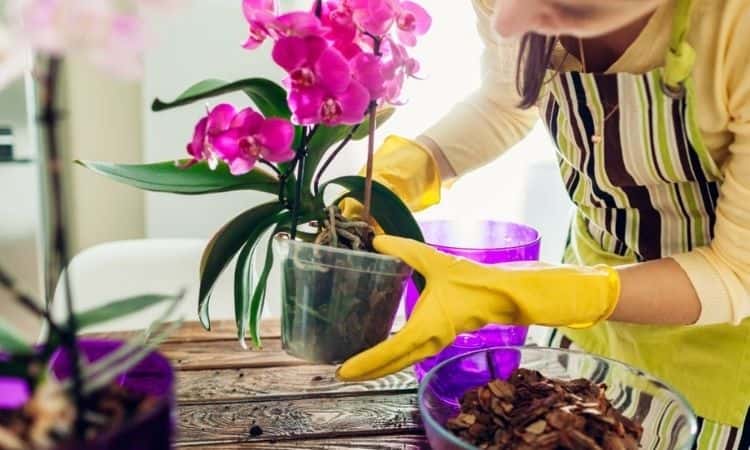
Note: Is it better to use orchid soil or granulate?
In general, you can use both for orchids, as long as the ingredients are specifically designed for orchids. However, since granulate for orchids also contains bark as the main ingredient, there is no advantage of granulate over an orchid substrate.
Mix the orchid substrate yourself
If you want to influence exactly what your orchid grows on, you can also mix orchid soil yourself. The quality of the ingredients is crucial for this. Contaminated materials may transmit vermin and diseases to sensitive orchids. The safest thing to do is to buy the individual ingredients from a specialist retailer.
The main component of the orchid substrate should be bark, in the best case pine bark – bark mulch is not suitable as orchid soil. The pine bark is then mixed in equal parts with filling material. This can be coconut fiber, expanded clay, perlite, or cork, for example. Charcoal is also well suited, as it also has a disinfecting effect.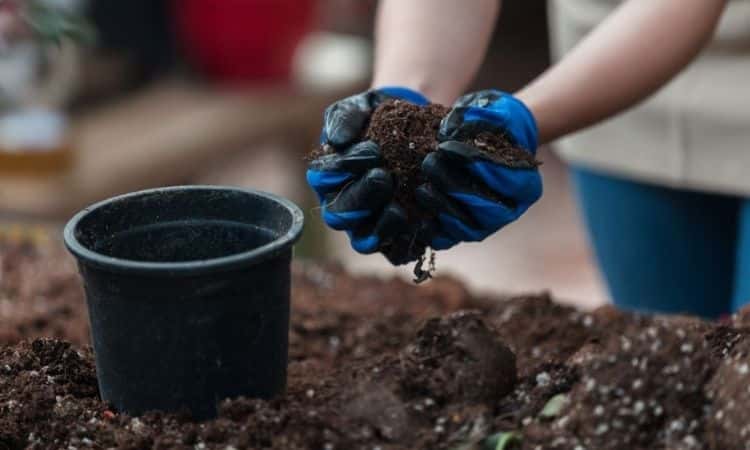
How do I make orchid soil myself?
- Mix bark and filling material in a ratio of 1:1.
- Suitable bark: pine bark.
- Suitable filling material: coconut fibers, expanded clay, charcoal, cork, perlite, nutshells, moss.
- Making your own orchid soil is not easy. If the ingredients are not one hundred percent clean or of poor quality, the substrate will do more damage to your orchid than help it grow. Especially for beginners, we, therefore, advise you to buy a better finished, high-quality orchid substrate such as Floragard Orchid.
- Soil so that you will not be disappointed.
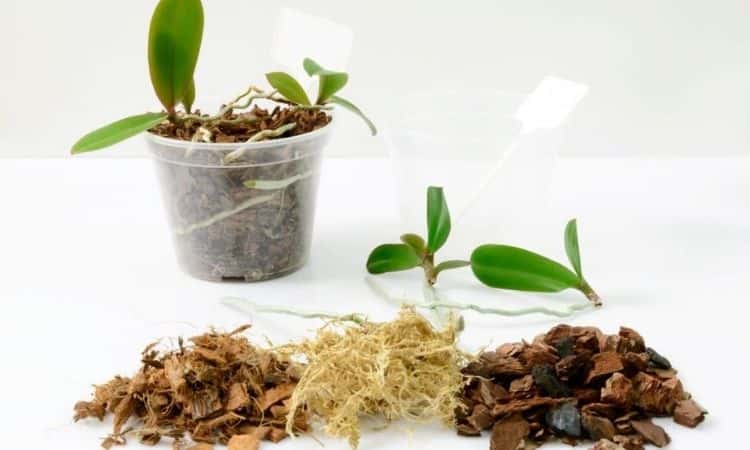
Can orchids grow without soil in the glass?
If orchids can do without soil in their natural habitat, can’t they do the same in our home? In fact, it is possible to cultivate orchids without substrate. However, this requires special care of the exotic plant. It is visually appealing to grow orchids in a glass. In this way, enough light reaches the roots. The glass should be sufficiently large. A conical shape makes it easier for the roots to spread out at the bottom, while they do not grow out of the glass at the top as easily.
Before the orchid is placed in the glass without soil, all substrate must be removed from the roots. Any residue, however small, can lead to rotting at the roots. Therefore clean the roots carefully and thoroughly. Once planted in the jar, the orchid must be sprayed with water daily, both on the roots and the leaves. Nutrients in the form of fertilizer are added to the spray water every four weeks and sprayed onto the plant.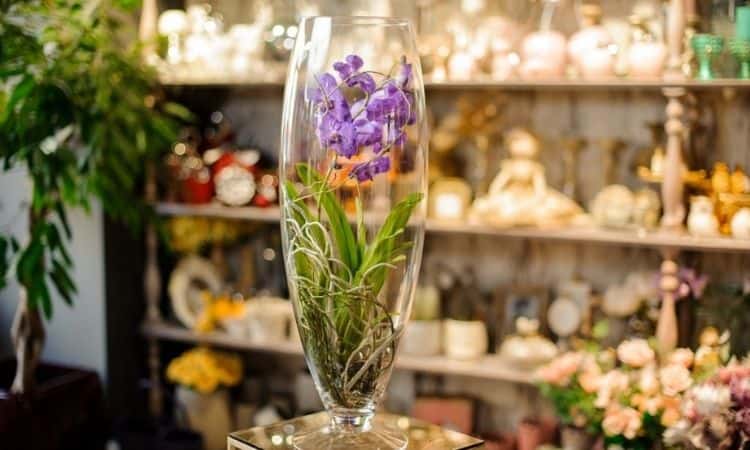
What should be considered when cultivating orchids without substrate?
- Sufficiently large glass.
- Glasses with conical shapes are ideal.
- Thoroughly clean roots so that no substrate residues remain.
- Spray leaves and roots daily with water.
- Add fertilizer to water every four weeks.
- The substrate for orchids should be changed every two years. For this purpose, the beautiful flowers are repotted.
